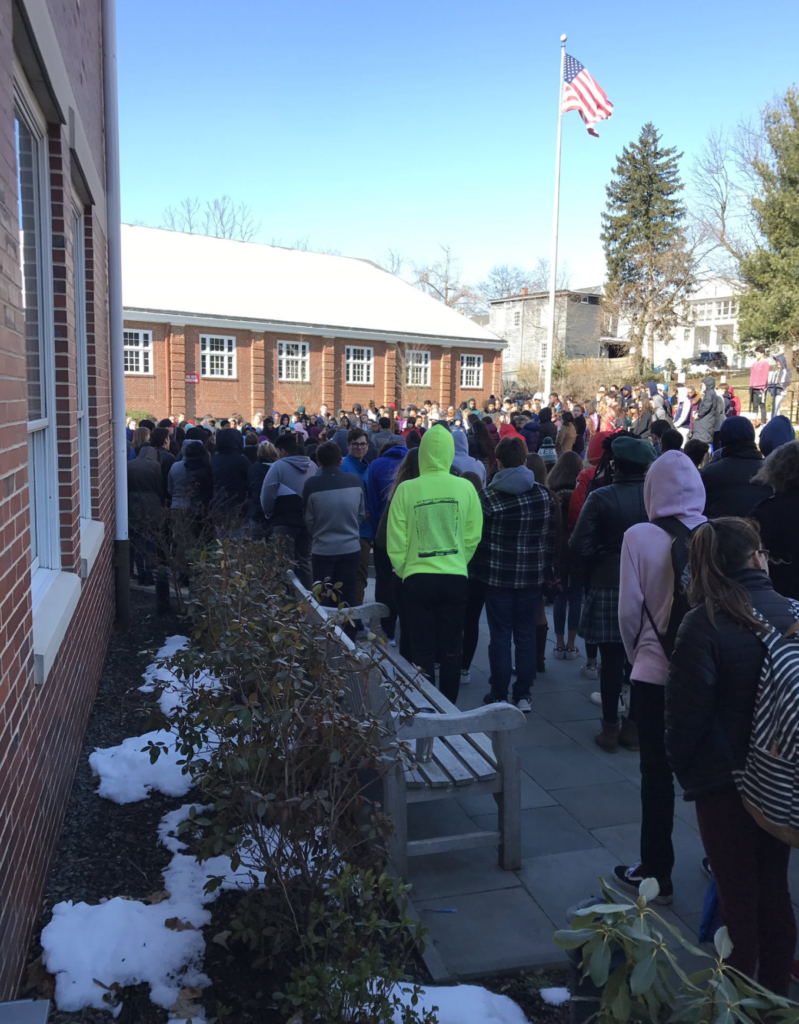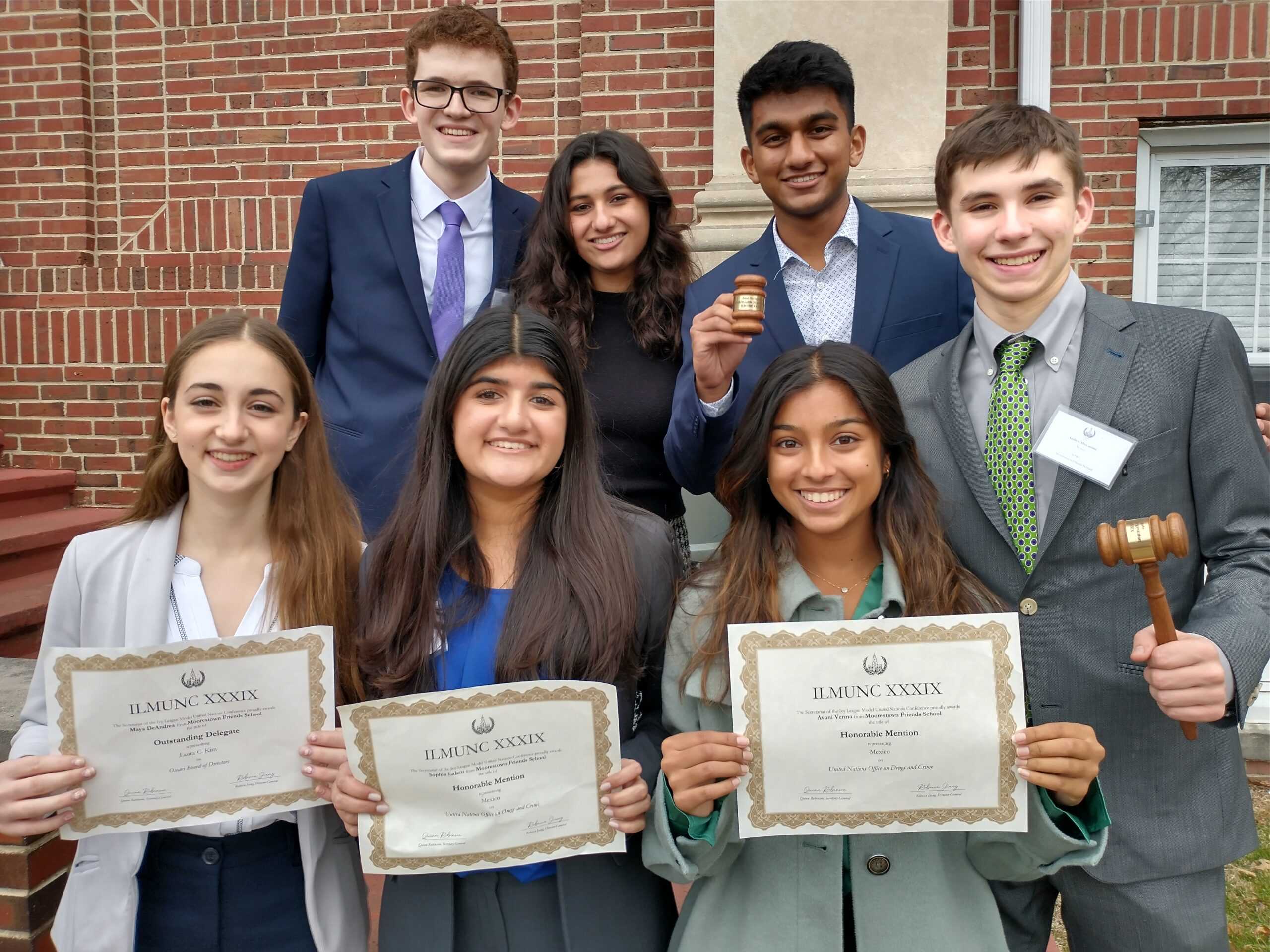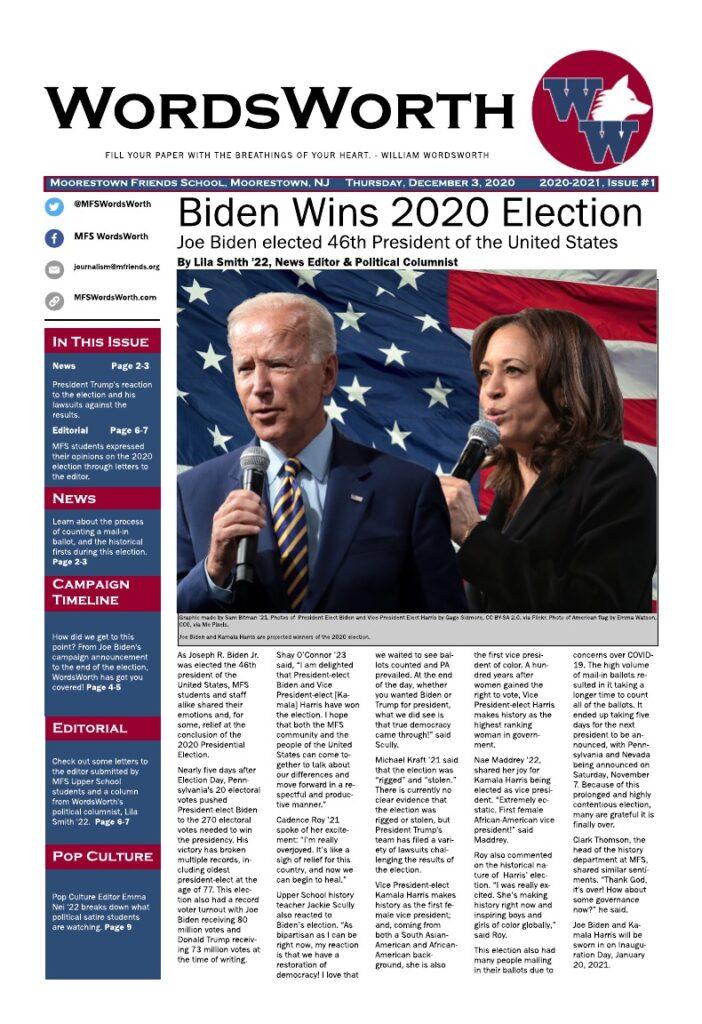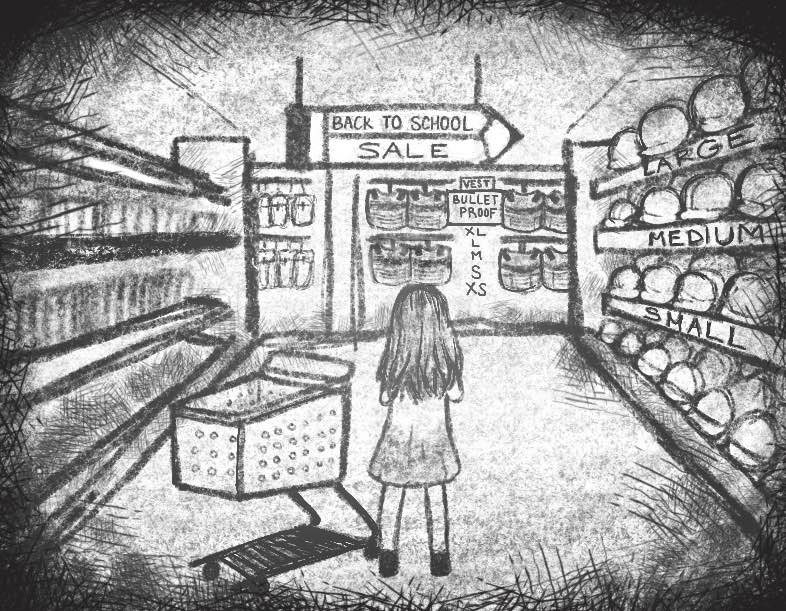NOTE: WordsWorth welcomes letters to the editor from members of our community in accordance with our policies. Letters are the opinion of the author, and do not necessarily reflect the views of the WordsWorth staff.
Several weeks ago, hundreds of thousands of high school students took to the streets, mourning the loss of students to gun violence and supporting stronger gun control legislation. In his speech during the March for Our Lives, notable student activist and Parkland Shooting survivor David Hogg proclaimed, “Today is the beginning of spring, and tomorrow is the beginning of democracy. Now is the time to come together, not as Democrats, not as Republicans, but as Americans.” Despite his rallying cry for unity, individuals attending the demonstration expressed a disarray of clashing of opinions about gun control. While some advocated for stronger background checks, others called for a full on repeal of the Second Amendment. Shouts for a Second Amendment repeal have often sounded after major acts of gun violence, as its opponents argue that its language is far too vague and that its logic is antiquated. However, close analysis of the Constitution proves that the Second Amendment maintains modern relevance, and that gun control advocates should push for more sensible and practical solutions to cure the gun violence epidemic.
Opponents of the Second Amendment regularly misinterpret its language, which states that “a well regulated Militia, being necessary to the security of a free State, the right of the people to keep and bear Arms, shall not be infringed.” In his article titled Repeal the Second Amendment, New York Times editorialist Bret Stephens argues that “the Minutemen that will deter Vladimir Putin and Kim Jong-un are based in missile silos in Minot, N.D., not farmhouses in Lexington, Mass.” While Stephens focuses on defense against foreign threats, the idea of civilian gun owners being “necessary to the security of a free State” is meant to serve as a deterrent against government sponsored tyranny. The founding fathers believed that an armed citizenry would prevent the newly established federal government from becoming authoritarian, an argument that may seem solely endemic to the 18th century, however it has shown relevance in more modern contexts. For example, as Nazi Germany grew increasingly hostile towards its perceived domestic enemies, Adolf Hitler took measures to disarm parts of the civilian population. The German Weapons Act of 1938 deprived Jews from their right to bear arms, and uncoincidentally went into effect directly after Kristallnacht. Although Nazi gun policy played a minor role in the politics of the Holocaust, history has proved that wide-scale disarmament weakens civilian opposition to government sponsored oppression.
The most often targeted aspect of the Second Amendment is its advocacy for a “well regulated Militia,” a concept deemed by many as proof that gun ownership should be restricted to small groups of trained soldiers, not a widely armed civilian population. Read in isolation, the 27-word amendment does not fully explain what is meant by the term “militia,” however the Federalist Papers, a series of 85 essays published by Alexander Hamilton, James Madison, and John Jay promoting the ratification of the Constitution, provide a more detailed explanation. In Federalist 46, James Madison argued that the concept of a “well regulated militia being necessary to the security of a free state,” should be composed of “near half a million citizens with arms in their hands.” Five hundred thousand people composed about 13 percent of America’s population in 1788 when the essay was written. The same percentage applied to our nation’s current population comes to about 42 million people, making it clear that Madison was arguing that the Second Amendment should allow a sizable portion of the American population to own firearms, as opposed to the idea that militias are supposed to be small civilian task forces. Madison also argued that the size of the United States Military should only be a small fraction of the size of the civilian population able to bear arms, stating, “The highest number to which, according to the best computation, a standing army can be carried in any country, does not exceed one hundredth as part of the whole number of soles or one twenty-fifth part of the number able to bear arms.” Our military currently has approximately two million personnel (active and inactive), meaning that, according to Madison’s calculations, the number of gun owners in the United States should be no fewer than 50 million people, a far cry from the idea of limited ownership.
Although it is important to affirm the validity of the Second Amendment in the face of widespread criticism, it is foolish to ignore the cancer of gun violence in American society. In contrast to radical calls for repeal, there are a wide variety of sensible gun violence solutions that do not come into conflict with our constitutional rights. Conservative pundit Ben Shapiro advocates for gun violence restraining orders, an idea he argues will “allow family members to apply for an order enabling legal authorities to temporarily remove guns from those who are deemed to be a significant danger to themselves or others.” There is no question that deeply troubled individuals such as the Parkland shooter should not be able to own firearms, and gun violence restraining orders can help keep guns out of the hands of the mentally ill while not interfering with the rights of law abiding citizens. Additionally, increased school security and the addition of armed school guards can serve as an effective deterrent against potential school shooters looking to inflict maximum damage on soft targets. It was recently revealed that the 2016 Orlando nightclub shooter originally targeted Disney World for his act of mass violence, but changed his mind after witnessing its numerous armed security guards. Also, during a recent school shooting in Maryland, an armed school resource officer engaged and eliminated the shooter before he could inflict any more damage. Lastly, it is important that our law enforcement officers effectively serve to protect us, as in the case of the Parkland shooting, the FBI failed to act on numerous tips that it could have used to prevent the tragedy from occurring. If law enforcement agencies continue to fail us and institutions housing our children remain less guarded than buildings holding our money, the case for civilian gun ownership grows stronger rather than weaker.










